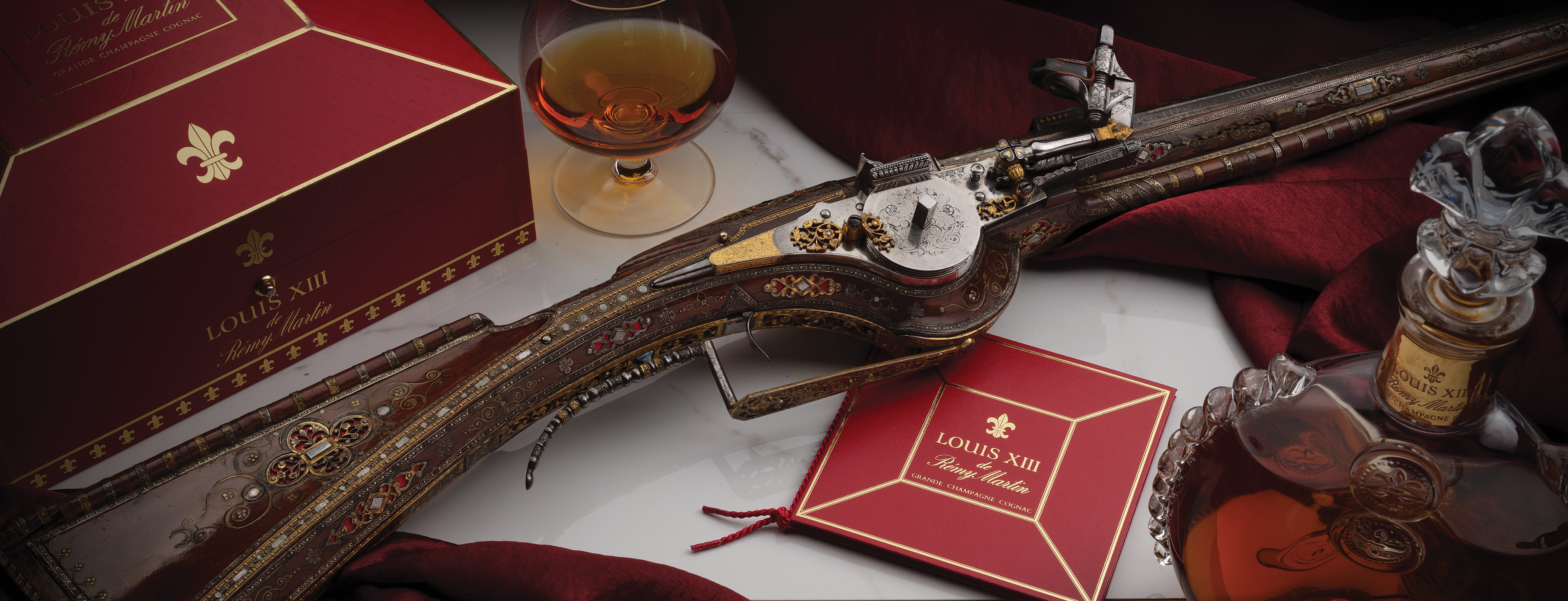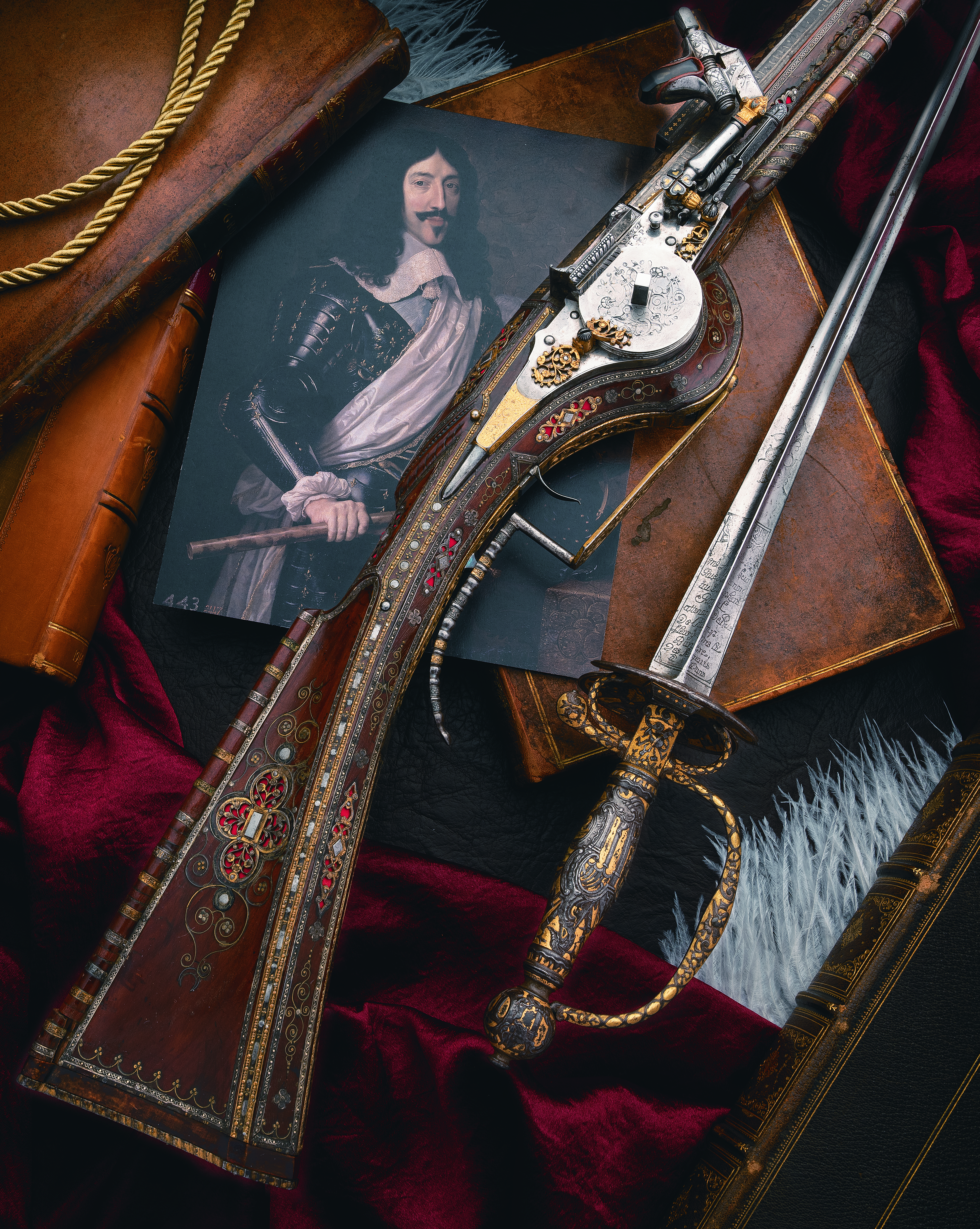King Louis XIII’s Historic Wheellock Rifle Can Now Be Yours
This pristine firearm from the French monarch’s coveted Cabinet d’Armes is estimated to sell for up to $425,000.

Outstanding provenance can be the difference between a cool historic collectible and a holy-grail gun. The King Louis XIII-owned wheellock rifle, which is set to be sold at a Rock Island Auction Company (RIAC) event in August, is definitely an example of the latter. The mesmerizingly ornate piece is from the French monarch’s Cabinet d’Armes, “arguably the most important arms collection in history, containing an impressive variety of arms with diverse ornamentation,” according to RIAC.
The kingly gun is dated to 1620, smack dab in the middle of a particularly revolutionary time in firearms development. The wheellock mechanism works somewhat like a cigarette lighter by spinning a spring-loaded steel wheel against a piece of pyrite to generate intense sparks, which ultimately ignites a charge in the barrel and fires a projectile. As the world’s first self-igniting firearm design, the wheellock was superior to the preceding matchlock, which utilized a pre-lit piece of flammable cord that would contact gunpowder at the pull of the trigger.

The wheellock’s invention is credited by some to Leonardo da Vinci, who had reportedly sketched the mechanism as early as 1490. By the time King Louis XVIII received the firearm in question, the simpler flintlock design that would be used through the American Civil War was a 10-year-old technology with an unproven battlefield efficacy. Wheellocks were still the preferred arms of the wealthy, and few were as wealthy as Louis the XIII, who had just gained ascended to power by staging a coup against his mother, Queen Regent Marie de’ Medici, in 1617.
RIAC notes that the gun is replete with damascened precious metal and an intense amount of engraving. The barrel is divided into two sections: an octagonal section that extends to the breech and a round section that extends to the muzzle. The octagonal breech section is adorned with flora and fauna of the forest, as well as mythical beasts, winged figures and decorative urns. Meanwhile, the round forward section features classical three female nude figures that are believed to represent Greek mythology’s Horae, or the goddesses of order: Eirene (Peace), Eunomia (Good Order), and Dike (Justice).

A vast list of other ornamentations also includes a polished lock featuring two mythical heads and two snakes, a dog-spring engraved with scrollwork, a trigger guard emblazoned with running foliage, and a stock inlaid with a variety of decorative plaques, inlaid wire scrolls, flower heads and bands of silver. The noted maker’s mark “FP” engraved on the lock-plate is believed to be that of Parisian gunmaker Francois Poumerol, who designed several firearms that were presented to Louis XIII, none of which were as ornate as this piece.
RIAC adds that examples from King Louis XIII Cabinet d’Armes are exceedingly rare—many belong to institutional collections—the Metropolitan Museum of Art in New York has a Louis XIII-owned flintlock that was purchased for the equivalent of $2 million. The firearm here has a pre-auction valuation between $250,000 and $425,000, making it a steal by comparison.
